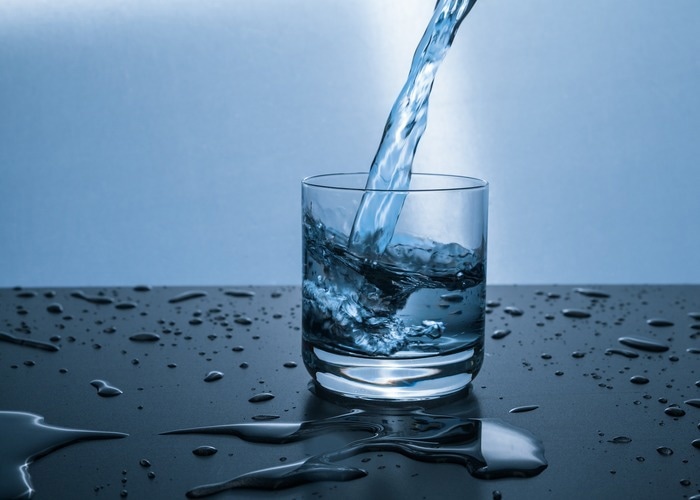High concentrations of disinfection byproducts in tap water could be a potential cause of bladder cancer.
 Drinking water. Image Credit: Wenzheng Yu.
Drinking water. Image Credit: Wenzheng Yu.
A new study performed by Professor Wenzheng Yu’s team from the Research Center for Eco-Environmental Science of the Chinese Academy of Sciences has emphasized this risk and recommended sustainable solutions like ozone nanofiltration and biofiltration to increase the safety of the drinking water.
This study was reported in the journal Nature Sustainability on June 9th, 2022.
The supply of secure and dependable drinking water is considered a significant factor. Even though disinfection implies making water safer to drink, the existence of byproducts of chlorine-based disinfection poses a long-term public health threat.
In this study, a national assessment of tap water throughout China was performed by the scientists. They discovered remarkable geographical variations in disinfection byproduct concentrations in tap water across China. This has greater concentrations in the northeast and the mid-Yangtze River region.
On the basis of on officially reported disease data, the scientists further confirmed the spatial relationship between bladder cancer and disinfection byproducts. That is, regions having a high incidence of bladder cancer are defined by considerably greater concentrations of disinfection byproducts compared to other regions.
But the poisonousness of disinfection byproducts is not just identified by their concentration, but also by their composition. Disinfection byproducts that consist of bromine are highly poisonous compared to those consisting of chlorine. Coastal regions along with seawater intrusion displayed greater bromine-containing disinfection byproducts and linked toxicity.
The concentration of bromine-containing disinfection byproducts is also powerfully linked to pollutant discharge, GDP, and other human factors.
Therefore, countries and regions experiencing rapid socioeconomic development might be facing higher disinfection byproduct toxicity, and they should consider adopting solutions to address the potential health risk caused by poor drinking water.
Wenzheng Yu, Study Corresponding Author and Professor, Research Center for Eco-Environmental Science, Chinese Academy of Sciences
The scientists feel that sophisticated water treatments like ozone biofiltration could be effective in eliminating disinfection byproduct precursors. In Shanghai, over 60% of the city’s water plants tend to utilize such biofiltration to improve their water treatment
This leads to a much lower disinfection byproduct level compared to the three other biggest cities in China. Hence, this method could be utilized to decrease the threat of disinfection byproducts in areas that have been economically developed.
According to the scientists, sourcing water gathered from less polluted areas might also be a solution. For instance, water supplied to the Haihe River region across the South-to-North Water Diversion Project has not only relieved the water scarcity of the region, it also enhanced water quality in an area that earlier experienced severe organic water pollution.
Besides suggesting altering water sources and improving water treatment processes, the scientists also illustrated the fact that nanofiltration is an efficient household treatment to enhance water quality and decrease the health risk of disinfection byproducts.
Nanofiltration is a promising point-of-use technology to guarantee household drinking water safety. Besides disinfection byproducts, other potential microcontaminants in tap water can also be removed by nanofiltration.
Wenzheng Yu, Study Corresponding Author and Professor, Research Center for Eco-Environmental Science, Chinese Academy of Sciences
On the whole, rapid urbanization is becoming an increasingly serious concern with regard to the effect of several pollutants on health and drinking water.
This is the first attempt to evaluate the health risk of tap water. We are hoping to see more intensive and detailed surveys of disinfection byproducts and other contaminants performed at the national level.
Mengjie Liu, Study First Author, Research Center for Eco-Environmental Sciences, Chinese Academy of Sciences
The researchers feel that high-resolution temporal and spatial data will allow scientists to better disclose the relationship between human health and tap water quality, thus helping to lower the risk associated with tap water.
Journal Reference:
Liu, M., et al. (2022) Spatial assessment of tap-water safety in China. Nature Sustainability. doi.org/10.1038/s41893-022-00898-5